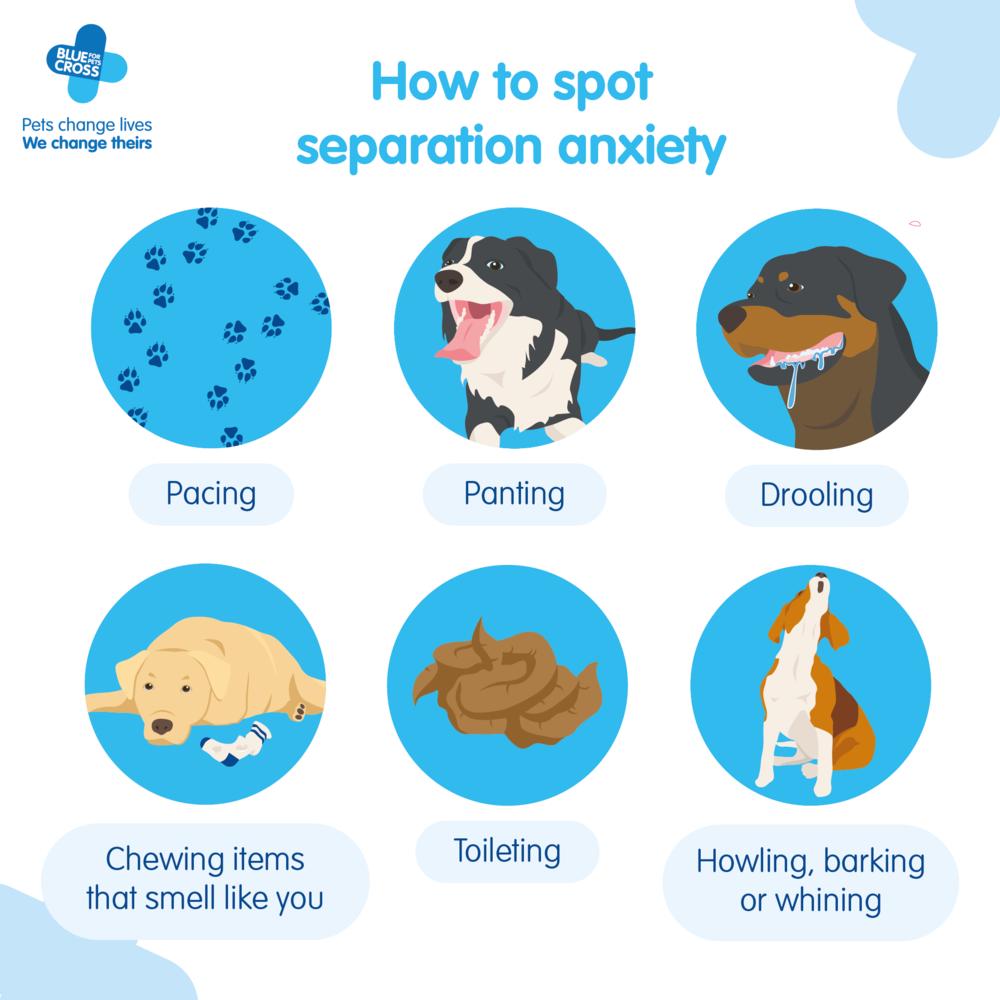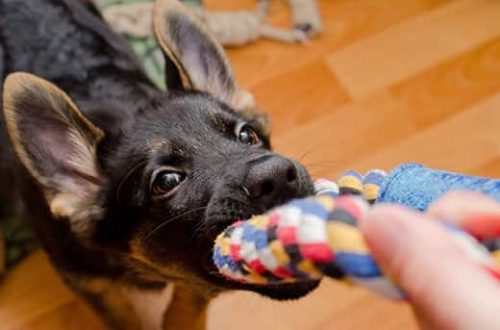
Mano šuo nėra paliktas vienas namuose! Šunų atsiskyrimo nerimas
atsiskyrimo nerimasarba nerimo sutrikimas (taip pat vadinama “breakup anxiety”) is one of the most common elgesio problemos in dogs. And, unfortunately, it is not very easy to correct it. Owners complain that the dog howls when left alone at home, barks when left alone, leaves puddles and piles, spoils things … Why does separation anxiety occur in dogs and can the pet be helped to cope with this problem?
Fotosesija: pxphere
Turinys
What is separation anxiety in dogs and how does it manifest?
Anxiety disorder, or separation anxiety in dogs, is a rather complex disease. Dogs suffering from it can hardly be left alone at home, and this creates problems not only for themselves, but also for their owners (as well as neighbors).
Most often, an anxiety disorder can be diagnosed according to three criteria:
- The dog howls, sometimes whines and/or barks when left at home alone.
- Destructive behavior (damage to property).
- Uncleanliness (heaps and puddles in the absence of owners).
To diagnose an anxiety disorder in a dog, at least two components must be present.
It is important for the owner to remember that separation anxiety is not a “harmfulness”, but a disease that needs to be treated. Some owners get so annoyed with their dog’s behavior that they take it out on their anger, but this only exacerbates the problem. The dog cannot handle anxiety on its own and cannot control this behavior.
Anxiety disorder (separation anxiety) should not be confused with other problems, such as involuntary training, when owners unknowingly reinforce the dog’s howling, or with boredom.
To understand why a dog whines or howls when left alone, it is worth installing a video camera. Separation anxiety can be further indicated by the dog’s restlessness, excessive salivation, vomiting, sometimes diarrhea, and/or self-injury (eg, dog biting itself).
Why does separation anxiety develop in dogs?
There are several hypotheses regarding the causes of separation anxiety in dogs:
- Attachment violation. A dog with an insecure type of attachment is constantly on the alert and has an irresistible need to shadow the owner, is very nervous when left alone.
- Anxiety disorder is one of the manifestations of a phobia. For example, studies show that half of the dogs with separation anxiety also suffer from noise phobia (fear of loud noises).
- Theory of stress. Adherents of this theory believe that it is necessary to treat distress, no matter what its cause.
How to help a dog cope with separation anxiety and how to train a dog to stay at home alone?
There are several ways to train your dog to stay home alone and deal with anxiety:
- First of all, it is necessary to create quality living conditions for the dog. A dog simply cannot behave normally in abnormal conditions. If you do not provide your pet with the five freedoms necessary for a normal life, any behavior correction is doomed to failure in advance.
- Use relaxation protocols to teach your dog to relax first in as calm an environment as possible, then in the presence of stimuli.
- Gradually teach the dog to stay alone – first in a separate room with the door open, then – with the door closed, then – in the apartment. There are special exercises that help to teach the dog to calmly be alone. You can contact a dog behavior counselor who can help you find the right methods.
- The veterinarian can prescribe medicines for the dog that will help to cope with the problem. But in no case do not self-medicate!
Never punish your dog! Punishment only increases anxiety, and therefore exacerbates the problem.
If your dog can’t stay home alone because of an anxiety disorder, you’ll have to be patient: this problem takes a lot of time to resolve. Some owners find it easier to change the dog’s living conditions so that it does not suffer alone: for example, resorting to the services of a “dog sitter” (dogsitter) or asking friends or relatives to look after the dog.
Remember that separation anxiety, even if you seem to have overcome it, may return – for example, when the dog’s living conditions change. However, do not despair – if you coped with the problem once, then there is a chance that you will be able to help your pet in the event of a relapse.







